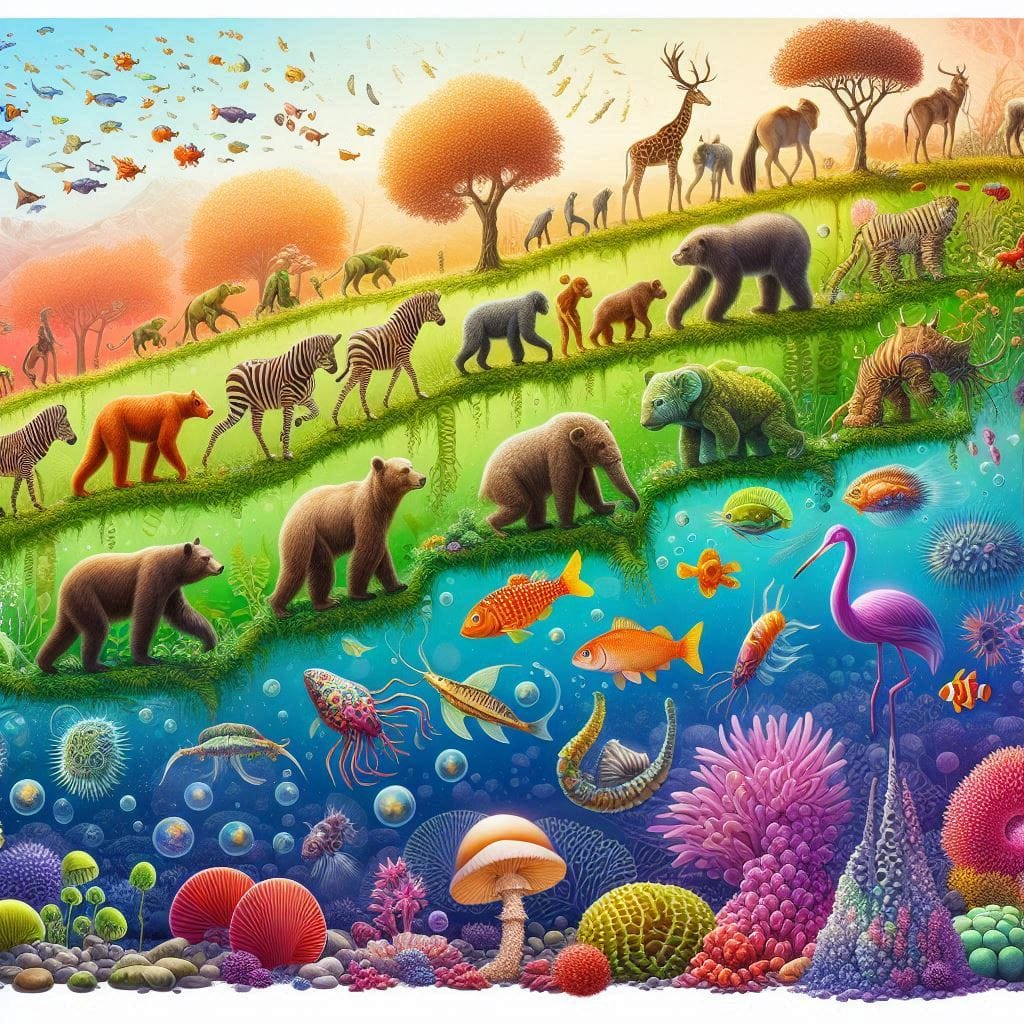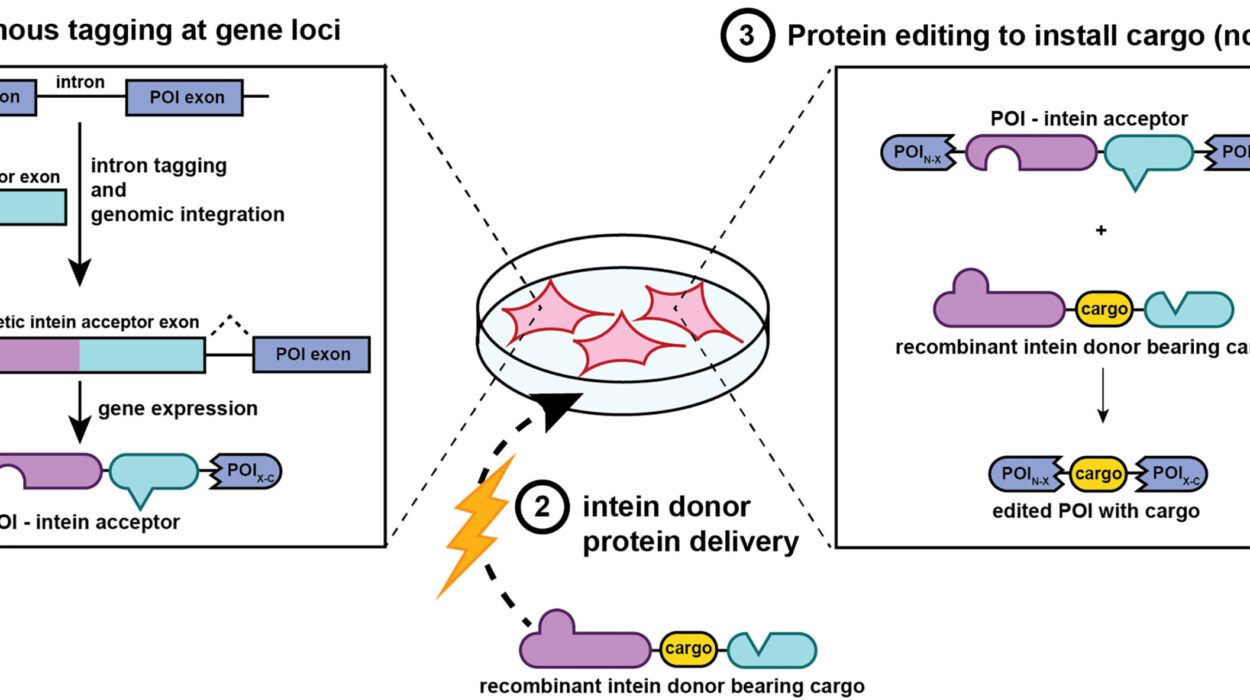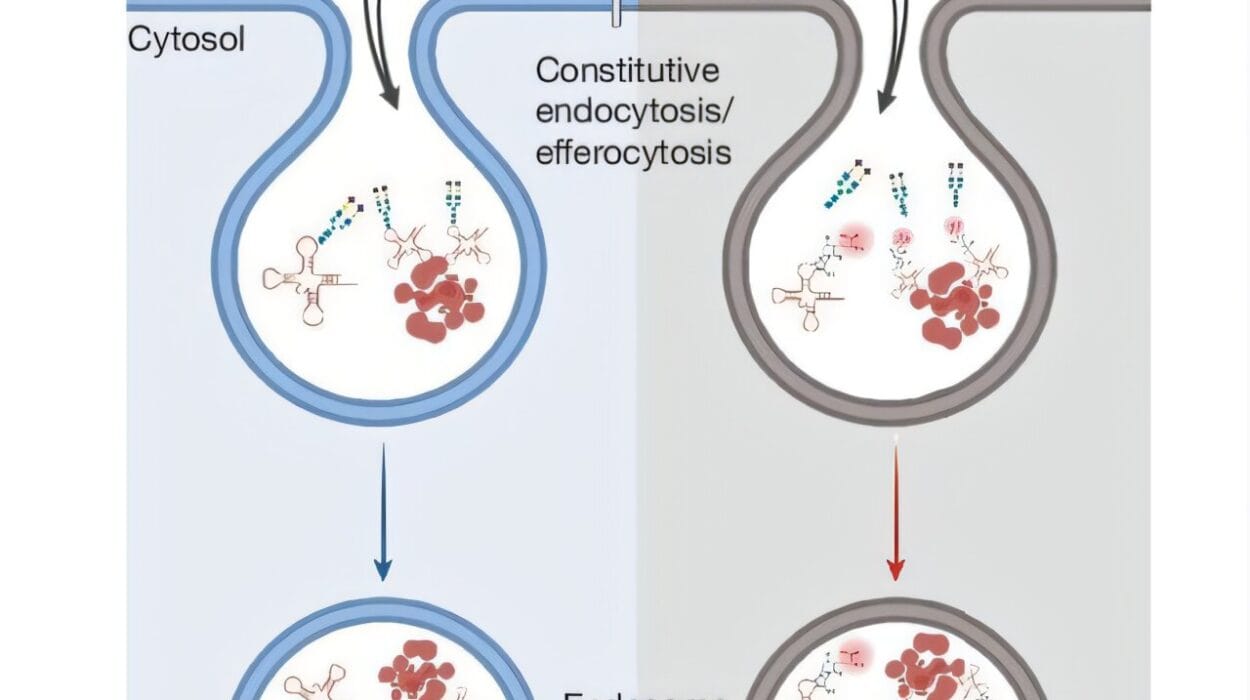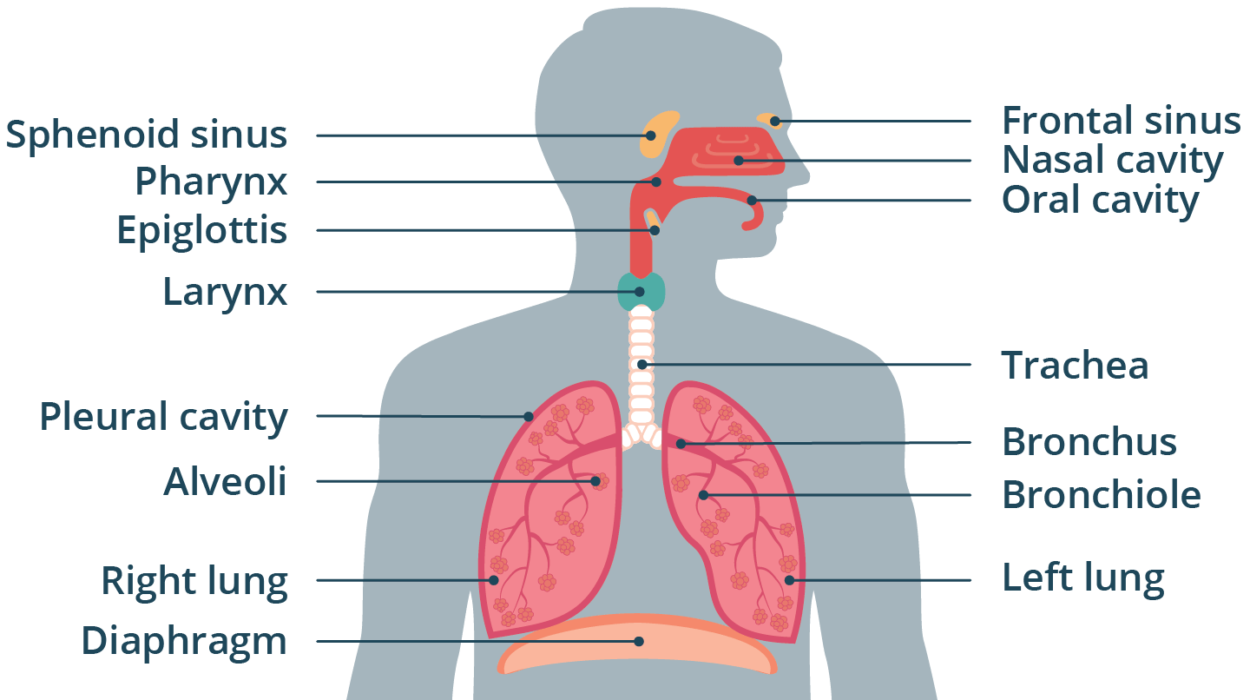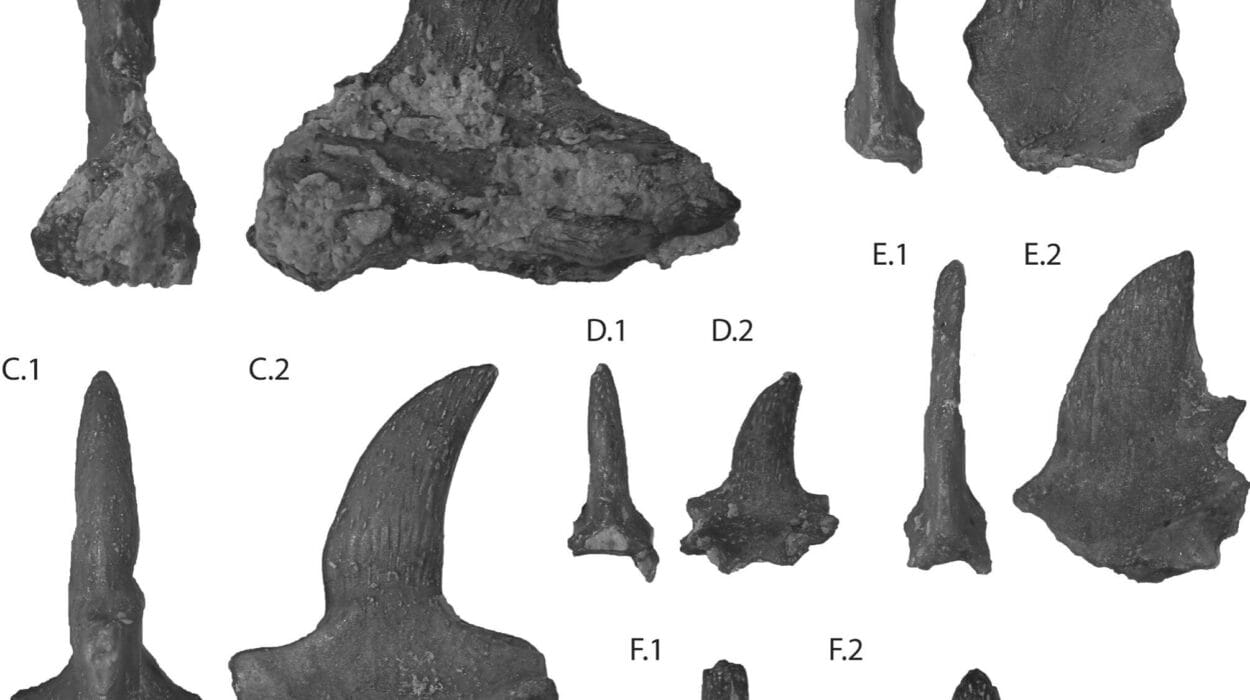It is a humbling realization: the world around us is not static. It is in motion, not just spinning through space or shifting tectonic plates beneath our feet—but changing in its very essence. Life itself is in flux. What we see as fixed, familiar, or finished is merely a snapshot in an endless story of transformation. This story has a name—evolution. From the earliest single-celled organisms to the complexity of humans building skyscrapers and pondering the stars, evolution is the silent author of every living chapter on Earth.
But every story provokes questions. Among the most fascinating and perplexing is this: will evolution ever stop?
It is not a question born out of idle curiosity. It arises from something deeply human—the desire to understand the rules that govern our existence, and perhaps, the hope that we might one day transcend them. Evolution shaped us, yes, but must we be forever shaped by it? Will there come a time when the forces of change go still? Or is evolution, like time itself, an eternal current?
To answer that, we must first dive into what evolution really is—and what it is not.
Understanding Evolution Beyond the Textbook
Evolution is often mischaracterized as a kind of ladder, a progressive climb from simple to complex, primitive to advanced, dumb to smart. In truth, it is nothing of the sort. Evolution is not a journey toward perfection, but a response to survival. It is the gradual change in the genetic makeup of a population over generations, driven by random mutations, natural selection, genetic drift, and other forces.
Mutation introduces variation. Selection filters it. Drift stirs the pot. And over time, a species changes—sometimes dramatically, sometimes imperceptibly. Evolution does not care whether an organism is intelligent, beautiful, or even strong. It only “cares” that it reproduces successfully in its environment. A fish with a crooked fin may thrive if predators ignore it. A plant with an odd-colored flower may attract more pollinators. A virus with a slightly different protein structure might suddenly become more contagious.
The machinery of evolution is blind. It does not plan, and it does not predict. Yet its outcomes can be magnificent—feathers, eyes, neural networks, ecosystems. And they can be brutal—extinctions, plagues, genetic disorders. Evolution is both sculptor and sledgehammer, patient artisan and chaotic gambler.
To ask whether evolution will ever stop is to ask whether this interplay of forces could come to a halt. To ask whether randomness, selection, and change could someday cease.
Has Evolution Ever Stopped Before?
If we scan the fossil record, we might be tempted to think that evolution sometimes takes breaks. Horseshoe crabs, coelacanths, ginkgo trees—these “living fossils” appear almost unchanged for hundreds of millions of years. They seem to whisper of stasis, of peace in the evolutionary storm.
But the truth is more complex. These species did not stop evolving; they simply reached a point where their form was well suited to a stable niche. The world around them changed little, and so the pressure to change was weak. Still, subtle genetic shifts continued behind the scenes. Horseshoe crabs, for instance, might look the same to us now as they did in ancient seas, but their DNA tells a different story—of ongoing molecular adaptation.
Moreover, stasis at the species level does not mean evolution itself has paused. While some organisms persist unchanged, others undergo radical transformations. Life is a vast mosaic, and even in the still corners, the clock of change keeps ticking.
So no, evolution has never truly stopped. It has paused, slowed, or become quiet in certain places—but its engine has never shut off entirely. Every time it seems still, we need only look closer to see it breathing.
Could Evolution Ever Be “Completed”?
This question often comes cloaked in the language of human exceptionalism. Haven’t we, after all, conquered nature? Built cities, cured diseases, mapped the genome? Haven’t we stepped out of the food chain, bent biology to our will, and replaced selection with culture?
It is tempting to believe that humans have somehow exited the arena of evolution. That our intelligence has lifted us above the crude mechanisms that shaped our ancestors. But this belief is an illusion, and a dangerous one at that.
Yes, we have changed our environment in unprecedented ways. But in doing so, we have not escaped evolution—we have simply changed its playing field. Natural selection does not vanish in the face of medicine, agriculture, or technology. It merely takes new forms.
Consider antibiotic resistance. Bacteria evolve in response to our drugs, sometimes faster than we can invent new treatments. Or take modern fertility: access to healthcare, contraception, and reproductive choices influence which genes are passed on—and which are not. Culture and technology are now part of the evolutionary process, not outside it. We are both the subjects and the shapers of our own evolution.
So, could evolution ever be completed? Only if the environment stops changing, mutations cease, and reproduction ends. In other words, only if life itself halts. As long as organisms exist, and as long as they reproduce in a world that changes—even slightly—evolution will never be “done.” There is no final form.
What Would It Take to Truly Halt Evolution?
To imagine the end of evolution, we must imagine a scenario where all its drivers are neutralized. This is not easy, but let us try.
First, we would need absolute genetic stability. No mutations—none. But mutation is a byproduct of biology itself. It arises during DNA replication, from cosmic rays, from background radiation, from chemical interactions. Even the most sophisticated repair mechanisms cannot eliminate it completely. To stop all mutations, we would need to defy the laws of physics and chemistry.
Next, we would need to eliminate selection. That means no differences in reproductive success—ever. But in any population, some individuals will leave more offspring than others. Some will be healthier, stronger, faster, or simply luckier. Even in a perfectly equal society, small genetic or environmental advantages could skew the odds. Selection, like mutation, is inescapable.
Finally, we would need to stop gene flow—no migration, no mixing of populations. But organisms move. Seeds scatter. Animals roam. People travel. Isolation is rare, and gene flow is constant.
In sum, to stop evolution would require freezing life in a perfect, unchanging equilibrium. And that, paradoxically, would mean the end of life as we know it. Life is defined by change. Take away evolution, and you take away vitality.
Evolution in the Age of Humans
Still, there is no denying that humans have altered the trajectory of evolution in profound ways. We have domesticated animals and plants, created synthetic genes, and even begun to edit our own DNA. Artificial selection—our intentional breeding of desired traits—is a form of evolutionary acceleration. Genetic engineering may be its most radical tool.
CRISPR, gene therapy, and other biotechnologies give us power once thought mythological. We can now prevent certain genetic diseases, create crops that resist drought, and potentially alter entire species. Some scientists have even proposed “de-extinction” projects—resurrecting lost species like the woolly mammoth.
Does this mean we can control evolution entirely?
Perhaps partially. But there are dangers in assuming mastery. The complexity of biological systems often defies prediction. An engineered trait might have unforeseen consequences. A genetically modified organism might interact with the environment in surprising ways. Evolution, as ever, has a way of slipping through the cracks.
Moreover, human intervention does not stop evolution—it redirects it. We may slow one process, only to accelerate another. A virus weakened by a vaccine might mutate into a new strain. A gene edited for advantage might create new vulnerabilities. Evolution reacts. It adapts. It fights back.
Could Technology Replace Evolution?
This is a tantalizing possibility. As machines become more integrated into our lives, some futurists speculate about a post-biological future—a time when human minds might be uploaded, bodies replaced by silicon, and intelligence freed from DNA. In such a world, would evolution still apply?
It depends on how we define evolution. If we imagine it purely in genetic terms, then perhaps yes—if biology ends, so might genetic evolution. But what if evolution is broader than genes?
Ideas evolve. Cultures evolve. Technologies evolve. Memes—units of cultural transmission—mutate, spread, and compete just like genes. In this light, evolution is not confined to flesh and blood. It is a pattern, a process, a way of change.
Even artificial intelligences, once they reach sufficient complexity, may undergo evolutionary processes. Algorithms mutate. Networks learn. Preferences shift. Competition and adaptation persist.
So while biological evolution may one day yield to new forms of change, evolution as a principle will likely endure. It may move from genomes to code, from proteins to programs. But its dance will go on.
The Myth of the Final Form
Evolution often evokes the idea of progress—a march toward better, higher, smarter forms. But this is a human illusion, not a biological reality. Evolution does not strive for perfection. It navigates a shifting landscape of survival.
The peacock’s tail, the panda’s thumb, the blind cavefish—these are not designs of perfection, but outcomes of circumstance. What works today may fail tomorrow. What seems inefficient may, in fact, be ingenious. Evolution is not an architect with a blueprint. It is a tinkerer, repurposing, improvising, experimenting.
There is no final form because there is no final goal. Even humans, for all our achievements, are not the endpoint of evolution. We are a moment in time, a temporary solution to a set of transient challenges. The traits we prize—intelligence, empathy, creativity—are valuable now, but there is no guarantee they will be prized in the future.
The idea that humans will evolve “into” something—taller, smarter, longer-lived—is seductive but flawed. Evolution does not climb. It sprawls. It adapts to now.
The Emotional Side of Change
To think that evolution never ends can be both thrilling and unsettling. It means that nothing is permanent. It means we, too, are subject to forces beyond our control. It means the world will not always be ours.
But it also means there is hope. Evolution is the story of resilience. Of new beginnings after extinction. Of beauty emerging from chaos. It gave us lungs, limbs, language, love. It made the Earth a tapestry of forms, colors, voices.
To imagine that evolution continues is to accept that the future is unwritten. That new species will rise. That even in the face of crisis, life will adapt. It may not look like us. It may not speak our tongue. But it will carry forward the spark of change.
And perhaps, in some far-off corner of the galaxy, something new will wonder where it came from—and trace its lineage back, in spirals and strands, to the first cell, to the chaos of the early Earth, to the patient hand of evolution.
In the End, the Beginning
So, will evolution ever stop?
Not while life persists. Not while the environment changes. Not while time flows forward.
Evolution is not a process we can turn off like a switch. It is the heartbeat of life itself. Whether we remain biological or become something entirely new, the forces of variation, selection, and change will shape us. Perhaps not through DNA, but through data. Perhaps not through natural selection, but through conscious design. But the story of change will continue.
And so, the answer is both simple and profound.
No, evolution will not stop.
It will move with us. Beyond us. Through us.
It is not finished. It is not even close.
It is still writing.
